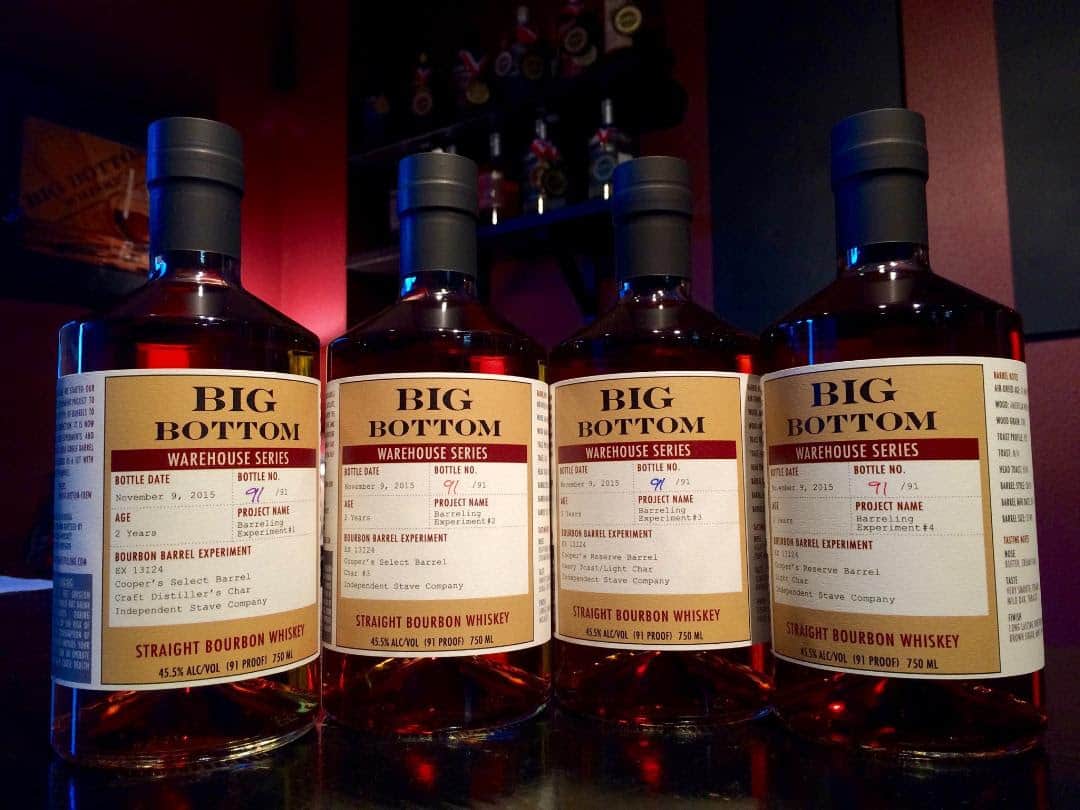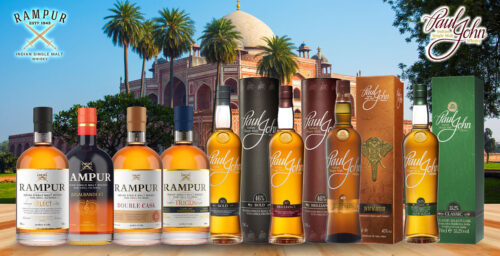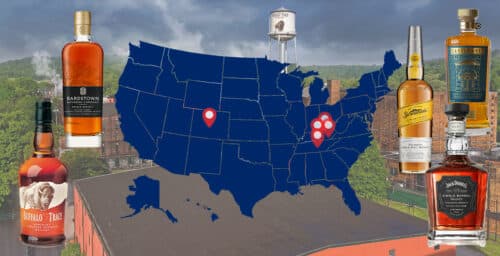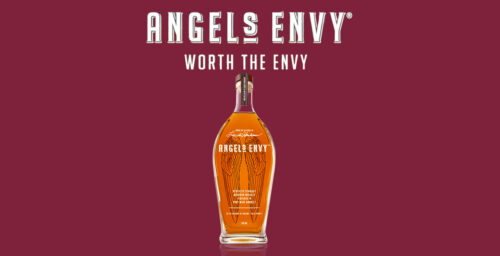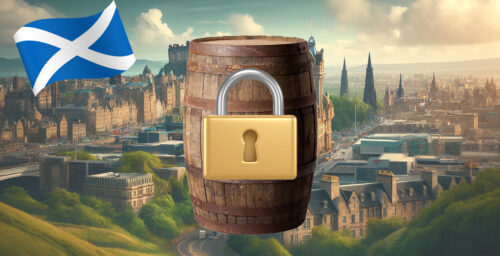Not that long ago, before packing peanuts and standard intermodal freight containers and corrugated cardboard, our world ran on barrels. They weren’t just used to store wine and spirits; those ingenious, cylindrical wooden containers held everything: sauerkraut, lobsters, cooking oil, paint, ball bearings. If it was a commodity, the odds were good that it came in a barrel (and, often, a specially made barrel of unique size and dimension). It was a time when there were cooperages in every port, when you could buy a Nantucket hoop driver next to the shovels and trowels, and when the manufacturing, assembling, and modification of barrels was a widespread and practical skill.
Of course, wine, spirits, and beer were also transported by barrel during that time. As they made their way from town to town, across rivers and oceans, and sat forgotten in the corners of dusty warehouses, the contents of those barrels started to take on flavors from the wood – sweetness, caramel, astringency, nuttiness, even flavors like coconut and tropical fruit. What was once a purely practical container for the transport of beverages slowly became an inextricable part of their production. As the rest of the manufacturing world moved away from barrels as containers for their products, wine and spirits makers moved closer. Today, beer, wine, and spirits are the only commodities still held by wooden barrels, and the sole reason the world’s remaining cooperages haven’t gone the way of the floppy disk.
Contraction in this market has been partially offset by a burst of diversification as barrel makers develop new products to meet the needs of today’s beverage makers. New barrel sizes, new char and toast levels, and even innovative base woods or combinations of wood have all become relatively commonplace, all geared towards creating barrels that generate new flavor profiles or impart unique qualities to their contents.
Independent Stave Company, North America’s preeminent cooperage, was founded more than 100 years ago in Lebanon, Missouri. Today, they’re introducing dozens of new products for the changing beverage industry, including barrels with super-heavy char for maximum extraction during short aging as well as heavy toast barrels designed for long-term resting without making spirits overly astringent. All those options are inspiring craft distillers (and even larger distillers) to experiment with new finishes and create new products – good news for those of us who love tasting new things.
On the other side of the Great Plains, Oregon’s Big Bottom Distilling is known for taking an experimental approach to whiskey, particularly when it comes to unique barrel finishes. Port, zinfandel, and cabernet-finished bourbons are part of their standard lineup, fitting given their location on the edge of Oregon’s famous Willamette Valley wine country.
Since 2013, they’ve been releasing particularly unusual bottlings under their “Warehouse Series,” a home for limited-edition projects like a series of Zinfandel-finished bourbons in barrels sourced from different vineyards in California, as well as a number of port-finished releases in white and tawny port casks.
This autumn, Big Bottom released one of their most ambitious limited-run products ever, a collection of sourced bourbons designed to showcase the enormous impact barrels have on a base spirit. The distillery sourced bourbon from a producer in Florida, then aged the distillate in one of four different barrels for two years. The release, called the Bourbon Barrel Experiment, is sold only as a four-pack, and is designed for side-by-side tasting. This is a chance to taste the exact same base spirit aged at the same proof, for the same length of time, in four distinct barrels, clearly illuminating the difference char and toast level make on an aged spirit.
Tasting Notes
All four of the barrels were sourced from Independent Stave Company. Aging took place in Big Bottom’s distillery space in Hillsboro (which they share with Tualatin Valley Distilling), and each was bottled at 91 proof.
A note regarding the difference between “Cooper’s Select” and “Cooper’s Reserve” barrels: The Cooper’s Select barrels are made entirely from American oak staves that were air-dried for 18 months before manufacture. Cooper’s Reserve barrels are made from American oak staves that have been air-dried for 24 months before assembly.
Barreling Experiment #1
Aged in a Cooper’s Select Craft Distiller’s Char barrel from Independent Stave Company
The “Craft Distiller’s Char” corresponds with a char #5 – a very heavy char designed to offer maximum extractives in a relatively short aging time. This release opens with sweet, light-hearted notes of coconut and marshmallow up front, transitioning to a kind of waxy, not totally unpleasant ashy char in the mid-palate, something like a slightly over-brûléed crème brûlée. The finish is warm and oak-forward, with notes of sandalwood.
Barreling Experiment #2
Aged in a Cooper’s Select Char #3 barrel from Independent Stave Company
Aged in the canonical char #3, the classic bourbon char, this spirit is much leaner than Barreling Experiment #1. Solvent and wet paint in the nose transitions to a rich, custard-like mid-palate followed by quite a spicy finish. Compared to the first, there’s much less in the way of vanilla or butterscotch confectionary notes.
Barreling Experiment #3
Aged in a Cooper’s Reserve Heavy Toast/Light Char barrel from Independent Stave Company
The heavy toast/light char release is the sweetest of the bunch, with a nice lemon-cream nose and sweet, citrusy palate. The finish is on the short side, and while the flavors are nice I found this bottling a little flat – perhaps a result of its relatively short aging in a barrel intended for longer resting.
Barreling Experiment #4
Aged in a Cooper’s Reserve Light Char barrel from Independent Stave Company
The last Barreling Experiment was aged in the lightest char barrel, preserving the most grain character of the underlying spirit. The nose opens with notes of marzipan and sugar cookie, while the palate is grain-forward and slightly savory, almost like toasted whole grain bread. There’s also an unusual spice note that reads something like garam masala. The finish is rather hot, with more pronounced alcohol than the others.
This was a very interesting – and educational! – experiment from Big Bottom. While not all barrels were equally successful (I preferred Barrel Experiments #1 and #2 over #3 and #4), it was fascinating to get to taste all four side-by-side. If you’re interested in trying these bottlings, you’ll need to make your way to Portland, as these were tasting room-only releases.

